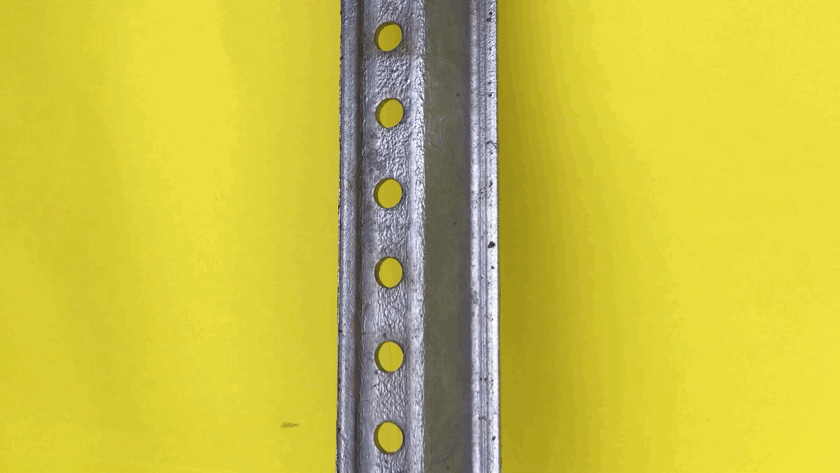5 Tools For Protecting Your Product's Design Intent
- Kelly Custer

- Jan 6, 2021
- 3 min read
Unfortunately, you can have a rockstar design team and a brilliant manufacturing partner, but still end up with an ugly product. ⠀
The problem is that your product's design intent is at great risk of being lost in translation as your product's design passes hands.
To avoid this fate, you must bridge the gap between design and manufacturing. The smaller the gap, the less guesswork you'll require of your manufacturing partner.

These are 5 gap closing tools that usher design intent from your design team to your manufacturer:
1. Vision Rendering
A vision rendering is a photorealistic illustration of your product's final design. Showcasing your product in its environment, the vision rendering captures your product's story, functionality, and aesthetic.
Whether a rendered sketch or computer model, a vision rendering includes the colors, materials, finishes & emotion that orthographic drawings and CAD models can't. These attributes are vital to communicating your design intent.

2. Orthographic Drawing
An orthographic drawing is essential. Without it, you'll be handing concept sketches to your manufacturer and asking them to translate these perspective sketches into manufacturable parts. This is a tall order and leaves a large amount of your design intent open to interpretation.
Orthographic drawings are essentially blueprints from which parts are modeled to be manufactured. They provide your design team with the opportunity to do the translation from sketch to blueprint themselves. This means that they can resolve and interpret all facets of the product's design according to the design intent they've established and know better than anyone else.

3. Design Intent CAD Model
A design intent CAD model is a computer model of the final design concept. This model is created by the design team to visualize the product's design in 3D.
A design intent CAD model goes one step further than an orthographic drawing because it gives the manufacturer 3D surfaces to reference instead of a 2D drawing. The manufacturer will still recreate the entire CAD model to adhere to their own process, but building their model overtop a design intent model shrinks the translation gap significantly.

4. Prototype
A looks-like prototype has all of the power of a vision rendering but in 3D, physical form. A looks-like prototype showcases the colors, materials, finishes, scale, and space claim of your final design.
Having a looks-like prototype to hand to your manufacturer is extremely powerful because it is the closest representation to your actual product and therefore very quickly and effectively communicates your design intent.
Often the prototype is built from a CAD model. So, if you can deliver the CAD files alongside your physical prototype, your manufacturer will have both a physical and digital representation of your product's design to work from. Bonus!

5. DFM CAD model
Now, this is the top dog of design intent protection.
A design for manufacture CAD model (DFM CAD) is a computer model of your product's parts that can go straight to tooling. In other words, your manufacturer won't need to translate anything. Instead, they will manufacture parts directly from your DFM CAD.
In the automotive industry, the DFM CAD is typically comprised of an A-surface (the outside shell of the design) from the designers, paired with the B-side (the interior of the design) from the engineers.

(BONUS) SUPPORT
Now, don't think that once your designers hand over these deliverables, that your job is done. It's normal and encouraged for the design team to stick around to review manufacturing iterations.
The more back and forth between the design and manufacturing team, the more opportunity to preserve your product's design intent.
Which, and how many of these tools you use, depends on your particular situation. But in general, the more the better because each one gets you closer to bridging the gap between design and manufacturing, reducing the risk of your design intent getting lost in translation.
